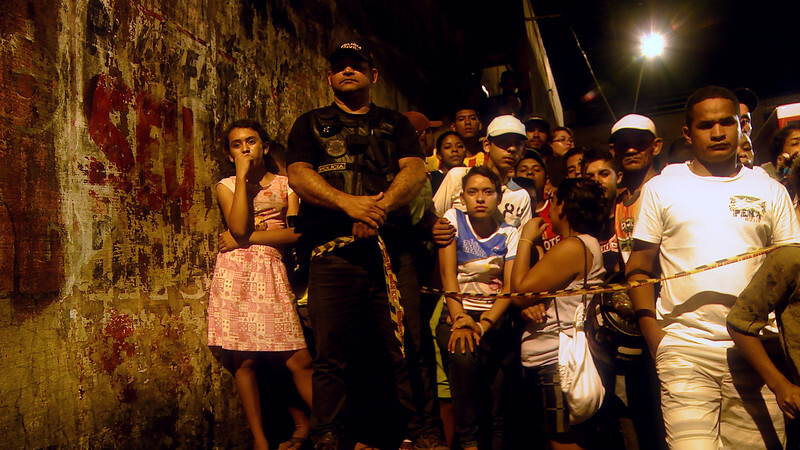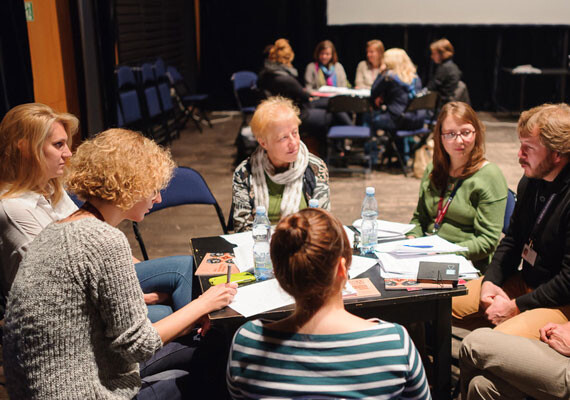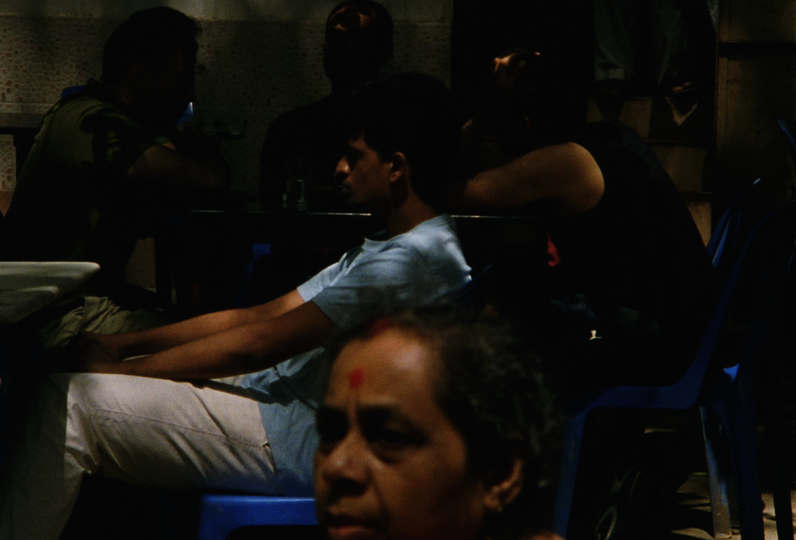Savagery
At the beginning of the 16th century, what we know today as Brazil became one of the first American territories to be claimed and colonised by Europeans. When the continent’s indigenous people were ravaged by colonisation, it was often justified by the notion of bringing “civilisation to the savage lands,” or “civilising the savages.”ince the early writings of nautical voyagers such as Pêro Vaz de Caminha, the literary character of the noble savage would develop in order to reproach the European civilisation, to satirise its own barbarity and to address the issues of slavery and colonialism.
Savagery, a feature documentary by the directorial duo Jonathan Le Fourn and Rémi de Gaalon, delves into the vision of savagery associated with Brazil, taking what an almost phenomenological approach. Early on, we are shown what it used to mean: A painting of fierce looking natives in tribal masks, lurking in the abundant foliage of the Amazonian rainforest on the hunt for a tiger However, the rest of the film could not be more different from this richly green distillation. Savagery is set in the Brazilian state of Pará, once famous for its deep rainforest. But today, the trees have largely been cut down. Who are the savages without their rainforest?
The film turns to a Safari park, with its barely restored wildlife. One of its keeps explains that, because its boundaries so often trespassed by hunters, a rifle is needed to keep things in order. The scene develops into a loosely structured narrative of the rainforest’s remnants and their caretakers, interwoven with the various incarnations of contemporary savagery. The Cayman lizard is brought to the edge of extinction for its skin, which can be sold for a fortune on the black market. The same goes alligators, anacondas and jaguars. In a video, recorded on a phone, an eight-metre anaconda has just caught a dog. The prey yells helplessly while it is being strangled, and the snake’s thick skin must be chopped apart by axes before it can be freed.
The opening scene is shocking in itself: A police car parked in a narrow street in the middle of the night, the red emergency lights casting red hues on the buildings. A mass of people observe from behind the police line, some of them wailing. A body is lying on the ground, completely covered in blood that has trickled down the street. Again and again, we see how the poorer parts of the cities are rife with violence, especially when refugees are on the run. Assuredly, there are still gardens of Eden to be found in Brazil, but they must be clearly delineated and enclosed, so other people don’t invade them and eat the fruit.
Le Fourn and de Gaalon’s portrait of contemporary Brazil tells its story through a sort of duality. Just as Pará flips between the black and dark green tones of night is painted in black and dark green tones and the sapphire blues and buoyant greens of day, so does the notion of savagery undulate between what we used to think of it and what it proves to be for most people now, with increasing certainty.
That said, the root cause is far more evasive than it seems at first glance. Nature and its creatures treat mankind and its possessions no differently than any of its other prey. This is awe-inspiring indeed, but seems like nothing compared to the brutality of contemporary realities, in which the few have much and the many have little. The terms of the fight for survival have changed. The former predators have to be kept in nature reserves to be protected, or in museums, when they be no more but remembered. The fight for survival today is defined by predators that are much less easily identified. It has taken on completely new dimensions: possessions and ownership, the ubiquity of trespassing and the unfair distribution of wealth.
|
|
Tina PoglajenTina Poglajen is a freelance film critic based in Ljubljana, Slovenia. She works for the national radio, the film magazine Ekran and occasionally writes for international outlets such as Cineuropa, Film Comment and Indiewire. She is also the president of the Slovenian national section of FIPRESCI. |




